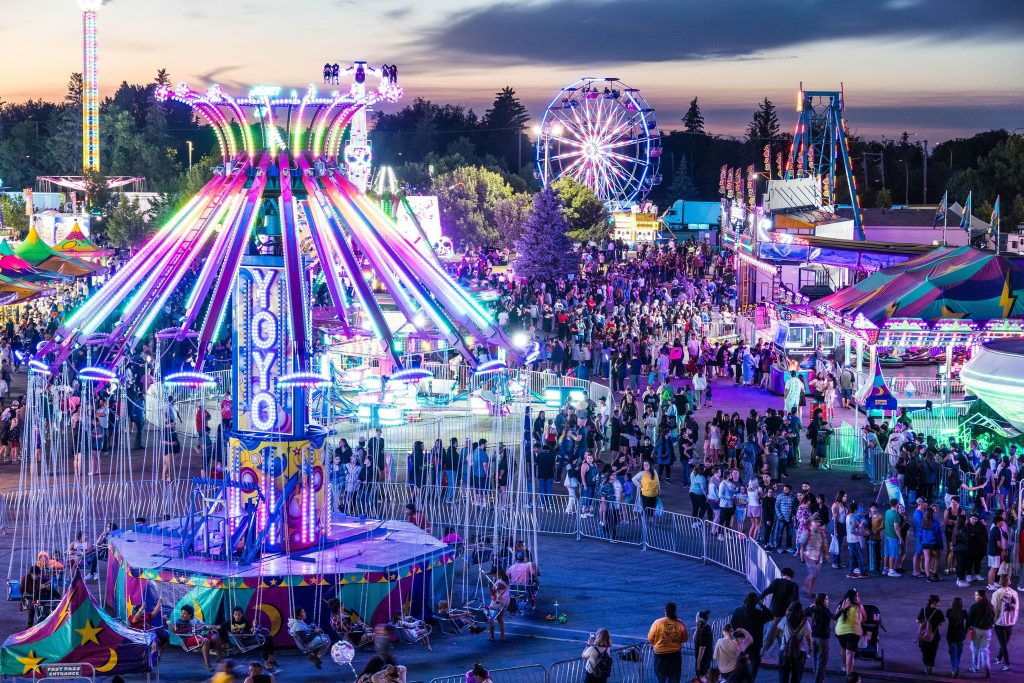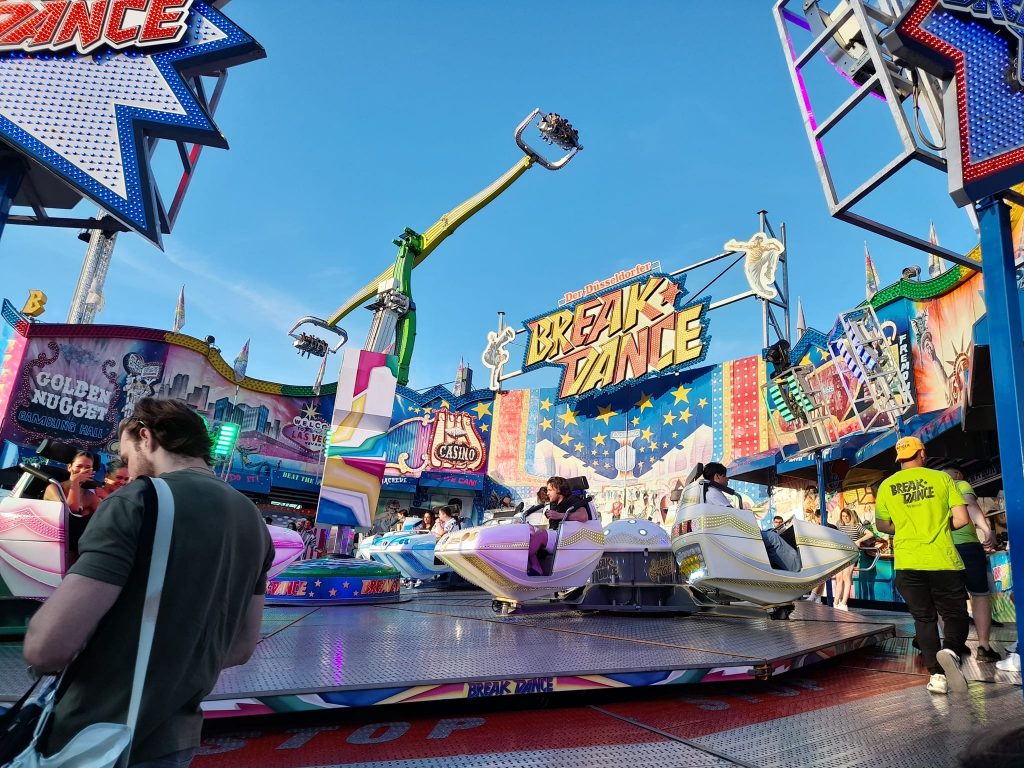What is the difference between the lighting effects of floodlights and street lights?
There are significant differences in lighting effects between floodlights and street lights, which are mainly reflected in the following aspects:
Light distribution and irradiation range:
floodlight: The light of floodlights is highly diffuse and non-directional, able to illuminate evenly in all directions.
Its illumination range is wide and can illuminate an entire scene or a large area.
It is suitable for places that require large-area lighting, such as squares, sports fields, building exterior walls, etc.
Street lights: The light of street lights mainly shines directly downward to directly illuminate the road surface.
The irradiation range is relatively limited, mainly concentrated on the road surface and its surrounding areas.
Suitable for road lighting to ensure the safety of pedestrians and vehicles.
Light softness and shadow effects:
floodlight: The light of floodlights is usually softer and does not produce strong glare or glare.
Due to its light-diffusing properties, the resulting shadows are also relatively soft and transparent.
Street lights: The light from street lights shines directly downward, which may produce strong glare or shadows at certain angles. The shadow effect is relatively obvious, but usually does not have much impact on the line of sight of pedestrians or vehicles.
Application scenarios and functions:
floodlight: The application scenarios of floodlights are very wide, including billboard lighting, building facade lighting, garden landscape lighting, etc. Its main function is to provide uniform lighting effects to a large area while creating a beautiful night scene.
Street lights: Street lights are mainly used for road lighting to ensure the safety of pedestrians and vehicles.
Its function is relatively simple, but it is very important and is an important part of urban transportation infrastructure.
Energy consumption and environmental protection
floodlight: The energy consumption of a floodlight depends on its power and time of use.
With the continuous development of LED technology, the energy consumption of modern floodlights has been greatly reduced, while having a long service life and high light efficiency.
Street lights: The energy consumption of street lights is also related to their power and usage time.
Similarly, with the application of energy-saving technologies such as LED, the energy consumption of street lamps is gradually reduced, while improving lighting effects and energy-saving performance.
In summary, there are significant differences in lighting effects between floodlights and street lights, which are mainly reflected in light distribution, light softness, application scenarios and functions, as well as energy consumption and environmental protection. When choosing which lighting equipment to use, comprehensive considerations need to be made based on specific application scenarios and needs.
















